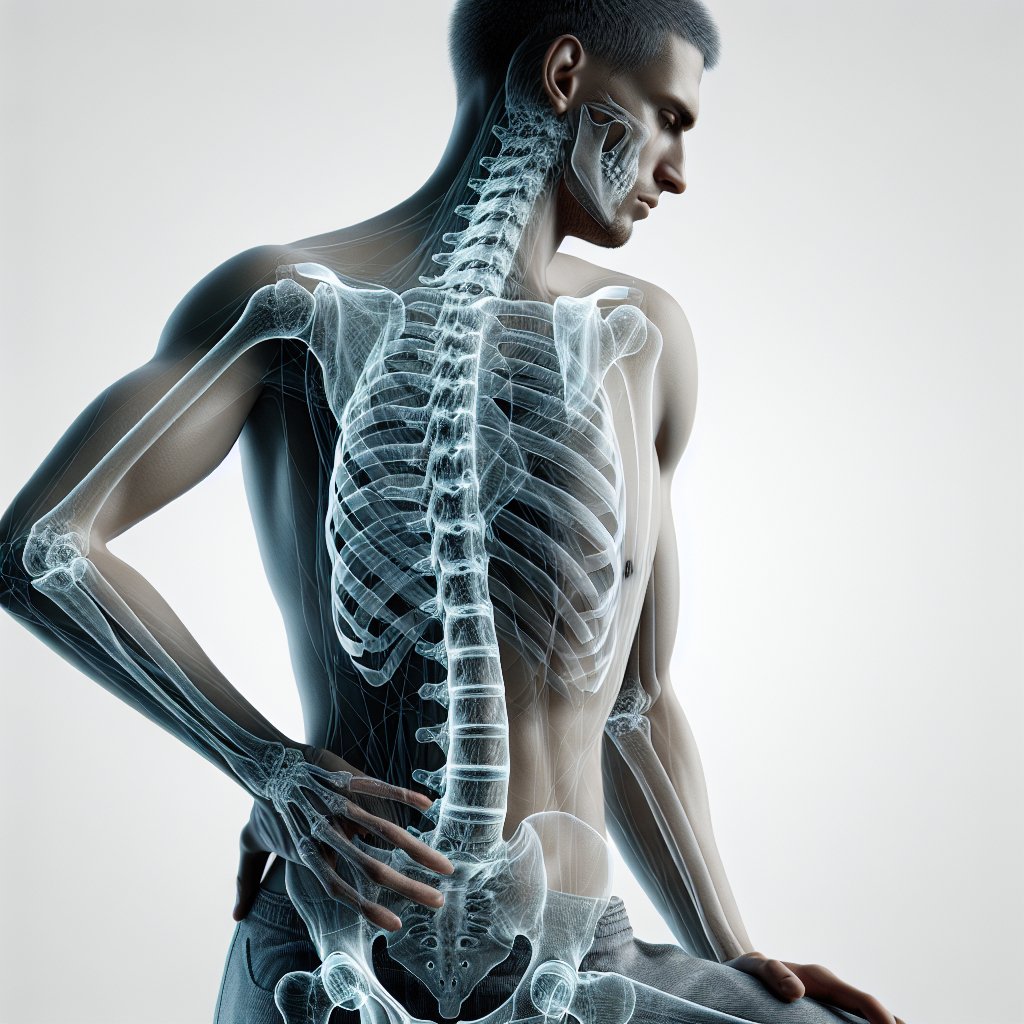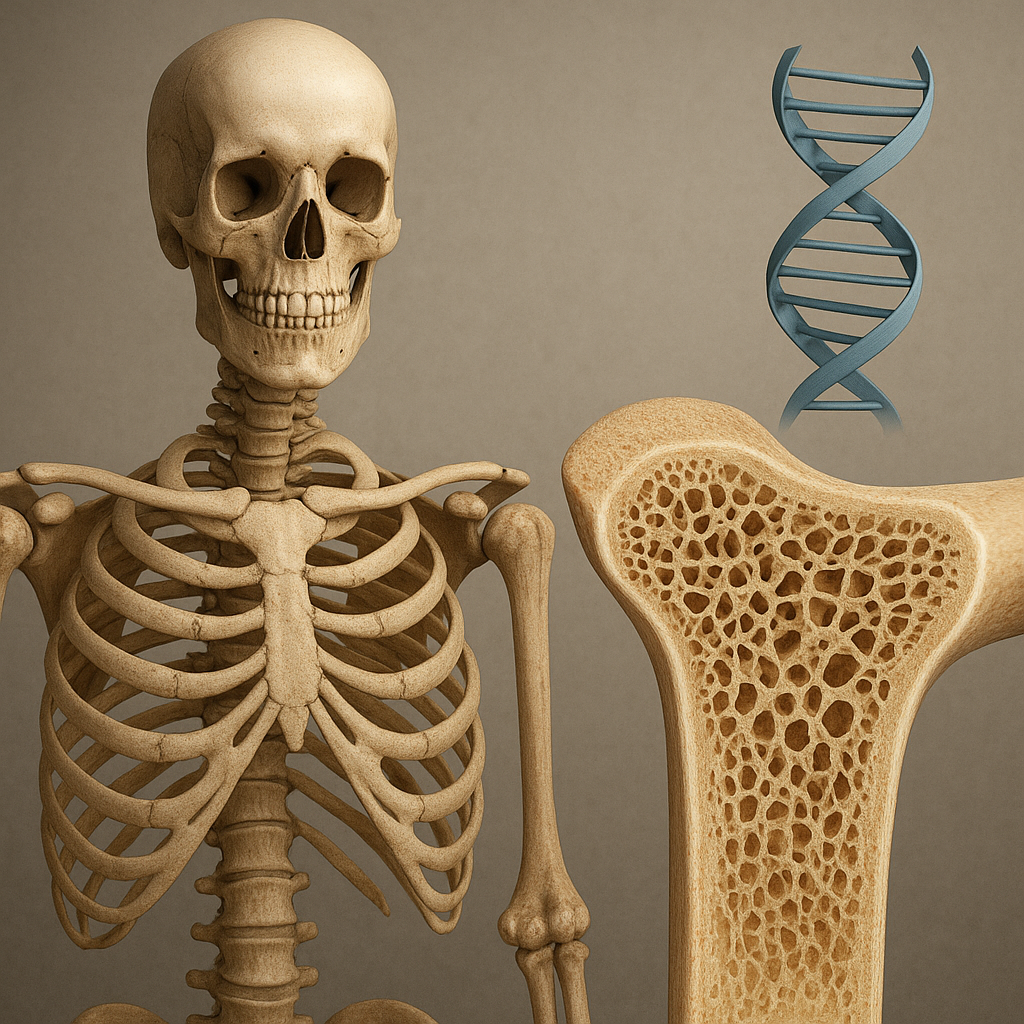The connection between bone health and posture is a crucial aspect of overall well-being that often goes overlooked. Many individuals may not realize that the way they hold their bodies can significantly impact their skeletal system. This article delves into the intricate relationship between bone health and posture, exploring how maintaining proper alignment can enhance bone strength and prevent various musculoskeletal issues. We will also discuss practical strategies for improving posture and, consequently, bone health.
Understanding Bone Health
Bone health is a vital component of physical health, influencing mobility, strength, and overall quality of life. Bones serve as the framework of the body, providing support and protection for vital organs. They are living tissues that undergo constant remodeling, a process where old bone is replaced by new bone. This dynamic process is influenced by various factors, including nutrition, physical activity, and hormonal balance.
Several key elements contribute to maintaining optimal bone health:
- Nutrition: A diet rich in calcium and vitamin D is essential for bone strength. Calcium is a primary building block of bone tissue, while vitamin D aids in calcium absorption.
- Physical Activity: Weight-bearing exercises, such as walking, running, and resistance training, stimulate bone formation and increase bone density.
- Hormonal Balance: Hormones like estrogen and testosterone play significant roles in bone health. Imbalances can lead to conditions such as osteoporosis.
- Age: As individuals age, bone density naturally decreases, making it crucial to adopt preventive measures early in life.
Understanding these factors is essential for recognizing how posture can influence bone health. Poor posture can lead to misalignments in the spine and other joints, which may result in uneven stress on bones and increased risk of injury.
The Role of Posture in Bone Health
Posture refers to the position in which someone holds their body when standing, sitting, or lying down. Good posture involves maintaining the natural curves of the spine and aligning the body in a way that minimizes strain on muscles and ligaments. Conversely, poor posture can lead to a range of issues, including back pain, joint problems, and even respiratory difficulties.
Here are some ways in which posture directly affects bone health:
1. Spinal Alignment
The spine is a central component of the skeletal system, and its alignment is crucial for overall bone health. When the spine is properly aligned, it distributes weight evenly across the vertebrae, reducing the risk of stress fractures and other injuries. Poor posture, such as slouching or leaning forward, can lead to misalignment, which may cause certain vertebrae to bear more weight than others, increasing the risk of degeneration and pain.
2. Joint Health
Posture also affects the health of joints, particularly in the hips, knees, and shoulders. Misalignment can lead to uneven wear and tear on these joints, increasing the risk of conditions like osteoarthritis. Maintaining good posture helps ensure that joints are positioned correctly, allowing for optimal movement and reducing the likelihood of injury.
3. Muscle Balance
Good posture promotes muscle balance, which is essential for maintaining bone health. When certain muscles are overactive due to poor posture, others may become weak and underactive. This imbalance can lead to compensatory movements that place additional stress on bones and joints, increasing the risk of injury. Strengthening weak muscles and stretching tight ones can help restore balance and improve overall posture.
4. Impact on Bone Density
Research has shown that individuals with poor posture may experience lower bone density compared to those who maintain good alignment. This is partly due to the fact that weight-bearing activities are less effective when performed with poor posture. Engaging in exercises with proper form not only strengthens muscles but also stimulates bone growth, contributing to better bone density.
Strategies for Improving Posture and Bone Health
Improving posture is a proactive approach to enhancing bone health. Here are several strategies that individuals can implement to promote better alignment and strengthen their bones:
1. Ergonomic Workspaces
For those who spend long hours at a desk, creating an ergonomic workspace is essential. This includes adjusting chair height, using a supportive chair, and positioning the computer screen at eye level. Regular breaks to stand, stretch, and walk can also help alleviate tension and promote better posture.
2. Strengthening Exercises
Incorporating strength training into your fitness routine can significantly improve posture. Focus on exercises that target the core, back, and shoulder muscles. Planks, bridges, and rows are excellent options that help build strength in the muscles responsible for maintaining proper alignment.
3. Stretching and Flexibility
Regular stretching can help alleviate tightness in muscles that contribute to poor posture. Incorporate stretches for the chest, shoulders, and hip flexors to counteract the effects of prolonged sitting and promote better alignment.
4. Mindfulness and Body Awareness
Practicing mindfulness and body awareness can help individuals become more conscious of their posture throughout the day. Techniques such as yoga and Pilates emphasize alignment and can improve both posture and overall body awareness.
5. Professional Guidance
Seeking guidance from a physical therapist or chiropractor can provide personalized strategies for improving posture and addressing any underlying issues. These professionals can assess individual posture and recommend specific exercises and adjustments to promote better alignment.
Conclusion
The connection between bone health and posture is undeniable. By understanding the impact of posture on the skeletal system and implementing strategies to improve alignment, individuals can enhance their bone health and overall well-being. Prioritizing good posture not only helps prevent musculoskeletal issues but also contributes to a healthier, more active lifestyle. As we continue to learn about the importance of bone health, it becomes increasingly clear that maintaining proper posture is a fundamental aspect of achieving and sustaining optimal health.













